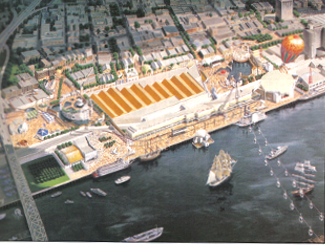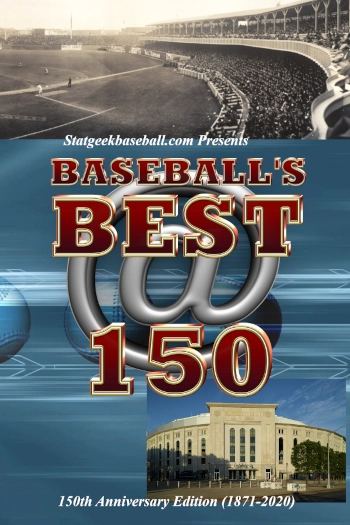Quick List Info

Dates Open - May 12, 1984 to November 11, 1984.
Attendance - 7,334,328 (paid). 7,925,755 (total, including estimated 4,500 exhibitors/staff per day).
International Participants - 17 nations and international organizations.
Total Cost - $207,651,000 with estimated total expenditure of $442.5 million for exhibitors, concessionaires, and construction of the New Orleans Convention Center. Final deficit $98,761,000.
Site Acreage - 84 acres along the Mississippi River in the warehouse section of New Orleans.
Sanction and Type - Sanctioned by the Bureau of International Exhibitions as a Special Category Expo. Would be considered a Special theme, Recognized Expo today like on the 2-3 or 7-8 years of the decade.
Ticket Cost - Adult $15 one day, $28 two days. 4-11 and 55 and over, $14 one day, $26 two days. Per Capita ticket price - $7.55. Season tickets sold for $120 adults, $90 children from January 1 to May 12, 1983, then $150 and $120 after May 12 through close of the fair.
Photo top center: Wonderwall at the New Orleans World's Fair in 1984, 1984, Original Source unknown. Courtesy Pinterest. Column Top: Official Souvenir Guidebook for the New Orleans World's Fair, 1984, Expo Authority. Column Below: Official mascot, Seymour D. Fair, 1984, Expo Authority via Pinterest.

Other Histories of World's Fairs to Check Out











